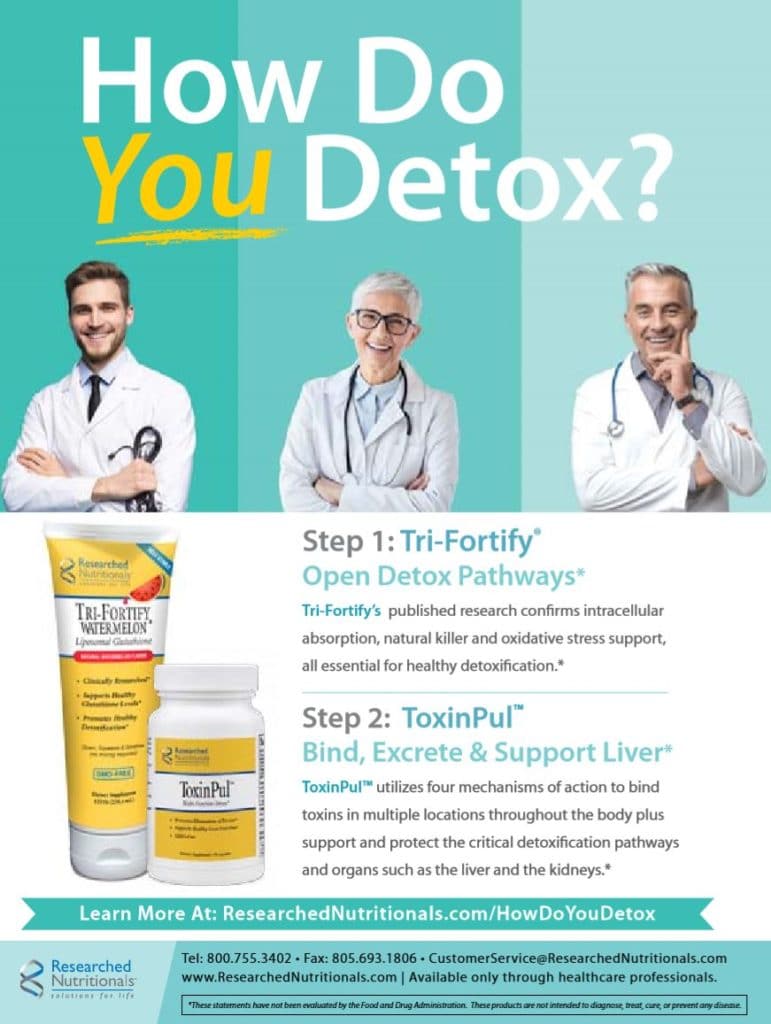…article continued:
The Non-SNAP Diet for the Rest of America
Pop quiz: What are the two most commonly eaten vegetables in the US? Not lettuce and spinach. According to US government classifications, potatoes and tomatoes are the correct answer. They are mostly eaten as French fries and pizza. No wonder so many Americans are waddling.
In the early 1960s, less than 4 percent of Americans were obese. Now it’s 40%. How many of us qualify as either obese or overweight today? A full 70%.
In 1900, Americans spent about 40% of their household budget on food. Today it is 6 to 10 percent. That is about the smallest budgetary percentage of any country on the planet. How do we do that? Our government subsidizes the main commodity crops: corn, wheat, soy, and sugar. We also import much of our food from places where labor and antibiotics are cheap (think shrimp from Thailand). Who spends the most on food? Nigeria – its people spend a whopping 58.9% of their income on food.
But boy, how Americans love to complain they can’t afford a grassfed hamburger or pastured chicken or extra virgin olive oil as they stand in line to buy their liquid candy – a large latte with a shot of sugary vanilla flavoring….
Did you know that food waste is the biggest component in most US urban landfills? We waste 40% of the food produced. So much for the arguments that we need risky genetically modified plants and fake-meat burgers to feed the world; the real value of those edibles is their lucrative patents. We need to solve the routine problem of distribution first, including “food deserts.” We also need to make much wider use of regenerative agriculture to stop the use of toxic pesticides, stop Big Ag’s contributions to climate change and food insecurity, increase crop diversity, improve soil quality, emphasize regional farming, and start raising food for its nutritive value rather than just for its bulk quantity.
Our Gut, Our Immunity, and COVID
When historian John Barry chronicled the “Spanish flu” in The Great Influenza, he stated that our immune systems were in better shape in 1918 than today. We are not exposed to as many things as in the past, so we don’t develop natural defenses, he said. And we’ve overused antibiotics to the point we now struggle mightily with antibiotic resistance.
Poor immunity is also associated with deficiencies of vitamins and minerals. The risk of vitamin deficiency or anemia is common in the US. Some 93% of us do not meet the estimated daily requirement for vitamins A, B6, B12, C, E, folate, and the mineral iron.
Most of our immune system resides in our gut. A healthy gut also contributes to heart health, brain health, positive moods, healthy sleep, and obviously the ability to absorb nutrients in the food we eat. Until very recently, humans ate mostly natural, whole foods full of micronutrients that helped maintain a healthy immune system.
But today’s standard American diet is not very gut-friendly. The gut is bombarded with sugar, prescription drugs, manufactured fats, genetically modified foods saturated with glyphosate and other toxic pesticides, and additives in processed food. The standard American diet feeds “bad” microbes in the gut. Many people find that their digestive process is in crisis; they have symptoms of gas, bloating, burping, constipation, diarrhea, irritable bowel. The medical world has been slow to appreciate how much our microbiome impacts our health, how much our food choices impact our microbiome, and how empty our diet is of micronutrients, vitamins, and minerals.
Research is finding that critically ill coronavirus patients are deficient in the micronutrients used by our immune system. In Spain, it was found that vitamin C levels were so low as to be undetectable in more than 90% of patients with coronavirus-associated acute respiratory distress syndrome. Another Spanish study showed that giving patients vitamin D reduced the odds of ICU admission by 98%. In the Netherlands, patients who died from the virus or who had to go into intensive care had much lower levels of vitamin K than healthy people. In Germany and China, the lower your level of selenium, the more you were likely to die from COVID-19. , Ditto for zinc which prevents viral replication. , Most micronutrients are not produced in the body and must be gotten from our diet.
COVID-19 has raised some disturbing questions about how this virus impacts our immune system. For instance, we don’t understand much yet about those who no longer test positive but don’t seem to fully recover, the “long haulers.”
These patients typically don’t fit the profile of an elderly person with pre-existing health conditions. Most are younger and without obvious health issues. Here is how one affected person explained it in a comment to a Washington Post story in September:
Seven months of virus long-term effects here. Tinnitus, blurred vision, taste and smell dulled (finally starting to get better with medicine), burning mouth syndrome (also improved with medicine), and every few weeks I have a flare up of chills, fever, extreme fatigue, gastrointestinal issues, and muscular aches so deep that they must resemble a 100-year-old with arthritis. I’m not even 40.
Bergamo, Italy, was the world’s epicenter of the virus last March. After the initial wave of cases subsided, the city’s hospital brought back the survivors, drew their blood, examined their hearts, scanned their lungs, and asked about symptoms. About half the survivors say they haven’t fully recovered. A German study and a British study found much the same thing in their respective populations.
Could it be that those who didn’t seem to catch the virus, and those who recovered easily, have more micronutrients on board? Paul Taylor, Executive Director of the Dr. Rath Research Institute, feels this is a red-hot issue:
In view of the accumulating evidence it is clearly unacceptable that politicians and other public officials are failing to share lifesaving information about micronutrients. Through not being educated about the role of micronutrients in preventing and treating viral infections, patients are not just dying from the coronavirus itself.
Sorting It Out
Medical experts tell us man-made vaccines, not God-given micronutrients, are the holy grail of defense. But a vaccine for a constantly mutating virus won’t give immunity to everyone, and many people don’t want it. An October 1 opinion piece in the New England Journal of Medicine bemoans a poll that found only 49% of Americans plan to get the COVID-19 vaccine and thus the authors suggest it must be made mandatory for all.

In late August, Ireland announced its new electronic Health Passport program. It is an app being positioned as a way to protect societies and economies: “Using the rapid real-time scanning technology, we can now enjoy freer travel with increased protection from COVID-19,” but many people see a looming threat to medical choice. Will you be able to go to your job, school, and get on a bus or airplane if you cannot show proof of vaccination via this app? The YouTube clip promoting Health Passport Ireland has just a couple hundred thumbs up and 11,000 thumbs down as of mid-October; people do not trust they are being told the truth about everything from the accuracy of COVID tests to the safety of the vaccine.






